Galaxy Magnolia Tree
$159.50 Original price was: $159.50.$98.99Current price is: $98.99.
- Free Shipping over $25
- Fast & reliable delivery options
- Enjoy top quality items for less
- Multiple safe payment methods

The spectacular display of blooms seen in spring on deciduous magnolias is one of the glories of the gardening calendar. There are many to choose from, but very few can match the glory of the hybrid tree called the Galaxy Magnolia. While some people don’t plant magnolias because they believe the flowering period is too short, they forget what a good shade tree it can also be, and this is especially true of this magnolia, because its broad crown and large leaves cast a dense shade – perfect for a large lawn.
The Galaxy Magnolia is a medium-sized deciduous tree, that grows between 20 and 30 feet tall, occasionally reaching up to 40 feet. It has a single strong central trunk, and upright main branches that create a distinctive crown, more oval and upright than the typical broad, spreading crown seen on many magnolias. This means that although t is tall, its spread is relatively limited, so it can be used to create height in a garden that would not normally manage a magnolia of this size. The bark is smooth and light gray, and the winter branches have an angular density that makes a beautiful winter profile. The leaves are large – 8 to 9 inches long – oval, and an attractive medium green color. In fall they turn interesting rusty-yellow tones.
Growing Galaxy Magnolia Trees
Of course, with magnolias it is the flowers that are the most important feature, and with the Galaxy Magnolia you get perhaps the most magnificent flowers of any tree of this type. They cluster densely on the bare branches, and the absence of leaves during bloom-time greatly enhances the display. They are upright and vase-shaped when newly emerging, spreading into a bowl shape as they develop. They are very large, 6 to 12 inches across, with 12 spreading petals. When the hairy buds first begin to open the flowers are a deep red-purple, and when they open fully the color is a remarkable bright but complex rose-pink, with the purple tones retained on the outer petals. The display is profuse and spectacular, especially as the tree grows into a larger specimen.
Flowering and Appearance
Flowering is in mid spring, and depending on where you live, this will be from late April to early June. The later flowering time of this tree makes it a very good choice in areas where late frosts can happen, as these are a problem for many varieties of spring-blooming magnolia – a late frost can destroy the developing flower buds. By choosing the Galaxy Magnolia you are much more certain to have blooms every year, whatever the weather.
Planting and Initial Care
Plant the Galaxy Magnolia in sun or light shade. In hot zones some afternoon shade is beneficial, especially during dry periods. The open edges of woodland are ideal for these trees, where periods of sun and shade alternate during the day, and across the seasons. Magnolia trees grow best in moist, well-drained soil, enriched with organic material, so you should prepare the soil before planting, and mulch over the root-zone every spring. We usually advise slitting the root system when planting trees, to encourage roots to spread, but magnolia trees have sensitive root systems, so it is best to leave the roots intact, without disturbance, when planting. Do not cover the root ball with extra soil – instead, keep the top of the soil level with the top of the root ball, and cover it with mulch. Water your tree regularly, and mulch in spring.
History and Origins of the Galaxy Magnolia Tree
The Galaxy Magnolia was developed at the National Arboretum, Washington, D.C., in 1963. Plant breeders there took two existing magnolia trees, cross-pollinated them and used the resulting seed to grow a number of seedlings. The parent species were: Magnolia liliiflora ‘Nigra’ (the Mulan Magnolia), a small, shrubby tree from China with unusually dark flowers, and Magnolia sprengeri ‘Diva’, another Chinese species, growing into a larger tree, with unusually large, fragrant pink flowers. Among the seedlings they grew was one that stood out, and it became the variety ‘Galaxy’.
Only after years of growing and assessing the tree for quality, did the National Arboretum release it to nurseries in 1980. Since then it has become one of the most outstanding magnolia varieties, wherever you want a larger tree with spectacular flowering – truly a stand-out variety. Our trees are produced by joining stem pieces, from selected, top-quality trees of the correct variety, onto the roots of healthy seedling magnolias. This produces the most vigorous plants, which will become wonderful specimens in your garden. Because this is such a desirable variety, we know our stock will not last long. Order now, while stock lasts, to enjoy an outstanding spring display.
Be the first to review “Galaxy Magnolia Tree” Cancel reply
Related products
Crape Myrtle Trees
Flowering Cherry Trees
Flowering Trees
Flowering Trees
Crape Myrtle Trees
Flowering Trees
Flowering Trees
Crape Myrtle Trees


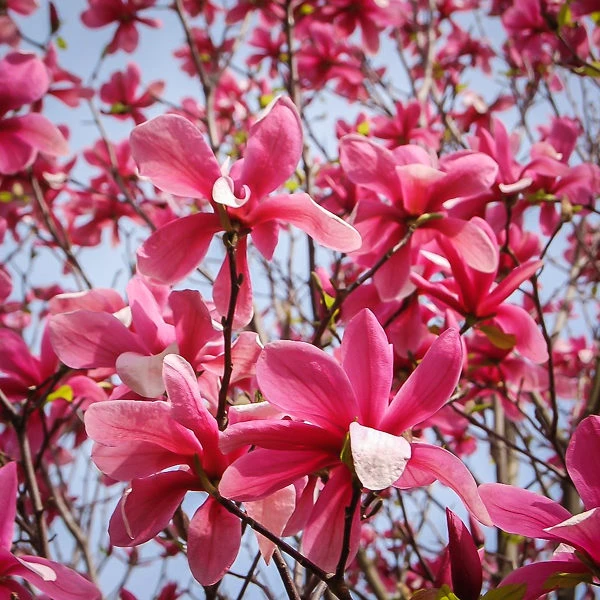




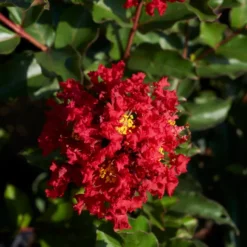
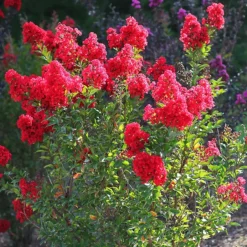
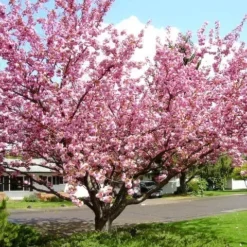
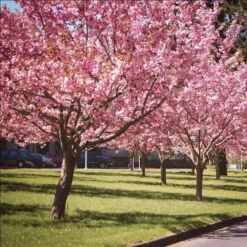
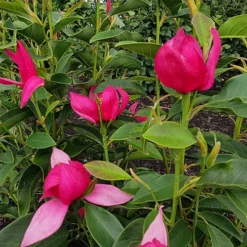

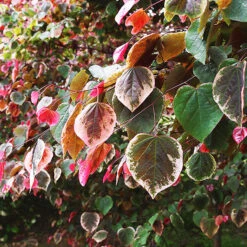
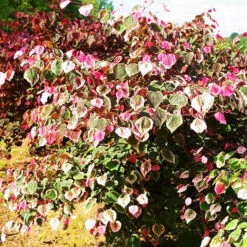
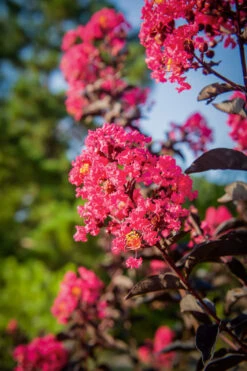

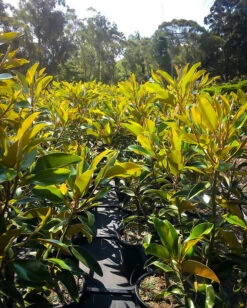

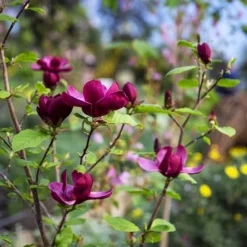

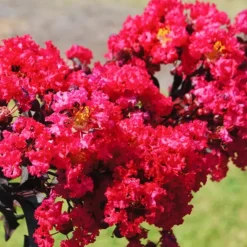

Reviews
There are no reviews yet.